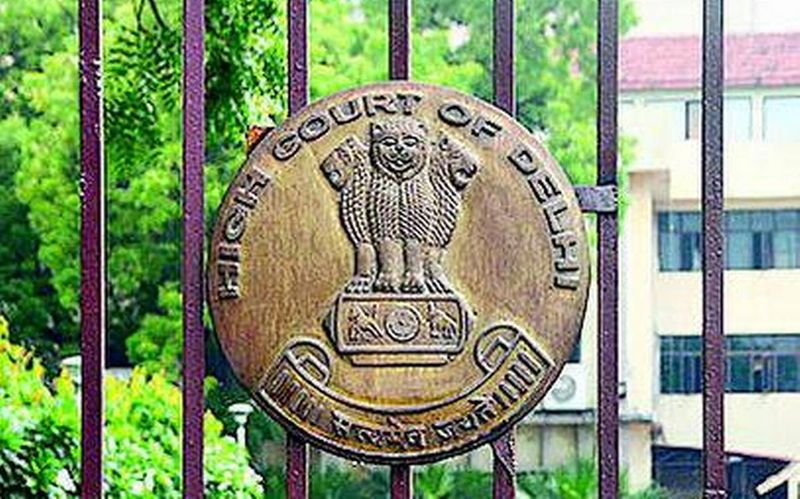On the night of July 6, 2025, five members of a family were burned alive in Bihar’s Purnia district after being accused of practicing witchcraft. The sole survivor, a 16-year-old boy of that family, has told the authorities that a mob of around 50 people broke into their home carrying bamboo sticks. The mob first attacked his mother, calling her a “witch,” and when other members of his family tried to save her, they too were ‘punished’.
The National Human Rights Commission on July 16th has taken suo motu cognizance of the incident and issued notices to the Chief Secretary and the Director General of Bihar Police asking for a detailed report within two weeks. The Commission has also told the State Government to ensure the safety of the 16-year-old boy and provide him with counselling.
What is Witch-Hunting and Witch-Branding?
People in India have long been friends with the concept of superstition. A perfect answer to the most difficult questions of life. However, over time, a scientific temperament developed a rational mindset among many, leading some of us to believe that superstition was something the modern world had left behind. But once you step into the villages and rural areas of India, a different reality unfolds. Not just one village, a vast stretch of villages across most states has irrational belief systems. One such destructive belief is the fear of “witches” and “witchcraft”.
Witchcraft means the possession of evil spirits and using them to harm others. The sad part is it doesn’t end with belief alone. This belief takes the form of violence: abuse, neglect, alienation, relocation, harassment, rape, murder and sometimes even burning alive. These are far from being harmless traditions; they are heinous crimes, the gravest form of human rights violation ever heard of. Witch branding and witch-hunting led to two distinct groups of victims. The primary sufferers are, who endure the unimaginable physical torture and humiliation. Then there are collateral victims, i.e. their close ones or their family members, who are forced to live a life of trauma and social exclusion. Like the 16-year-old boy in Purnia District of Bihar, who witnessed his entire family burn alive. His situation is more than just a “tragedy”.
This is a wake-up call demanding our urgent attention to the deep-rooted crisis of superstition-driven violence that continues to threaten the lives of many vulnerable people across India. While both male and female fall prey to this evil, the number of women victims in particular is disproportionately high, as they are more easily accused or targeted.
superstition is not the Sole Motive
The picture, however, seems to have changed a bit with time. The persecution is no longer only due to superstition; it is about power. Witch-hunting has become a tool for gender-based violence. Deep-rooted patriarchal mindset and caste differences are the major underlying reasons. Women who are targeted are vulnerable. Mostly widows, childless women, and women belonging to marginalized communities bear the brunt of unexplained misfortunes. Women who are divorced, unmarried, separated, who assert themselves and often just simply the ones who are easy to target helplessly, become the reasons behind a failed harvest, unknown illness and sudden deaths, like in the recent case of Bihar.
Incidents across India
This gross human rights violation faced by women is far from an isolated horror. One would think that with advancement of science and technology, this diabolical belief would have become outdated but cases of women being subjected to torture on account of practicing witchcraft, continue to be reported from rural areas of several states, including Jharkhand, Bihar, West Bengal, Madhya Pradesh, Maharashtra, Gujarat, Odisha, Chhattisgarh, Assam, Rajasthan and Uttar Pradesh.
The National Crime Records Bureau's reports between 2015 and 2021 mention 663 killings attributed to witchcraft or witch hunts, averaging 95 fatalities per year. The latest report by NCRB in 2022 enumerates various motives behind murders, out of which 85 were based on this superstition of witchcraft. The number might seem small to look at, but it shows a bigger picture for India, a mirror to reflect at. It is the distance our country still needs to bridge in order to eradicate this horrific violence.
The Need for Central Legislation
Witch-hunting is a clear violation of various rights guaranteed by the Indian Constitution. It infringes upon the right to non-discrimination, right to life, right to safety and most importantly, the right to live a dignified life free from cruel and inhumane treatment. Apart from guaranteeing these fundamental rights, the Constitution also imposes a fundamental duty on every citizen under Article 51A(h) to develop scientific temper, humanism and spirit of inquiry and reform. The law expects rationality and superstition-based violence is not only against criminal laws but also against the constitutional ethos.
Bihar was the first state to enact a special law in 1999 to eliminate torture, humiliation and killing of women branded as witches. This act i.e. Bihar Prevention of Witch (Daain) Practices Act, 1999, made all offences cognizable and non-bailable. Several other states like Jharkhand, Chhattisgarh, Odisha, Maharashtra, Rajasthan, and Assam also followed and enacted similar legislations to combat these practices, with Karnataka being the most recent to enact a legislation in 2020.
Yet, the recent case in Bihar is a stark reminder that there still remains something to be done. Is it a nationwide awareness program, addressing gaps in education, dismantling the patriarchal mindset or a national-level legislation?
At present, India does not have a law at the national level to penalize the menace of witch-hunting or mob violence against families. The only recourse that remains is through Bhartiya Nyaya Sanhita, 2023 i.e. BNS under sections of murder, grievous hurt, or sexual offences. However, the enactment of a central legislation could play a transformative role. Like in the Protection of Children from Sexual Offences Act (POCSO), Juvenile Justice Act, Sexual Harassment of Women in Workplace (Prevention, Prohibition and Redressal) Act (POSH) or the Senior Citizens Act, a special or targeted law would not only criminalize the offence but also impose a positive obligation on the state authorities to spread awareness to combat this deep-rooted social evil. It would provide counselling and rehabilitation for survivors.
It is not like efforts have not been made. A bill to address witch-hunting was introduced twice in the Parliament. In 2016, it was introduced in the Lok Sabha by Raghav Lakhanpal, but it was not passed. Later in 2022, the bill “The Prevention and Prohibition of Witch-Branding and Witch-Hunting and Other Harmful Practices Bill, 2022” was introduced in Rajya Sabha by Surjeet Kumar and yet a central legislation is still awaited.
Conclusion
Witch-branding, while being a tool for social control, strips the vulnerable people of dignity, safety and identity. It is not a relic of the past; it is a living gendered violence that continues to claim the lives of innocent people even in the 21st century. Despite a general criminal law, the lacuna of a specific central legislation with clear provisions of victim support and state obligation continues to leave gaping holes in delivering complete justice. The problem does not end with those killed; the concern also extends to those falsely branded as witches, who may have escaped death but now live in constant anxiety of being targeted again. What more do we as a ‘democratic society' need for our conscience to wake up? How many lives need to be ‘sacrificed’, for us to realize the need to address this gross human rights violation?
Apoorva is a Delhi-based lawyer having expertise in Criminal cases. She strongly advocates for women and vulnerable communities. Through her legal practice and writing, she aims to bring attention to issues of legal justice and equality.








 OpinionExpress.In
OpinionExpress.In















Comments (0)